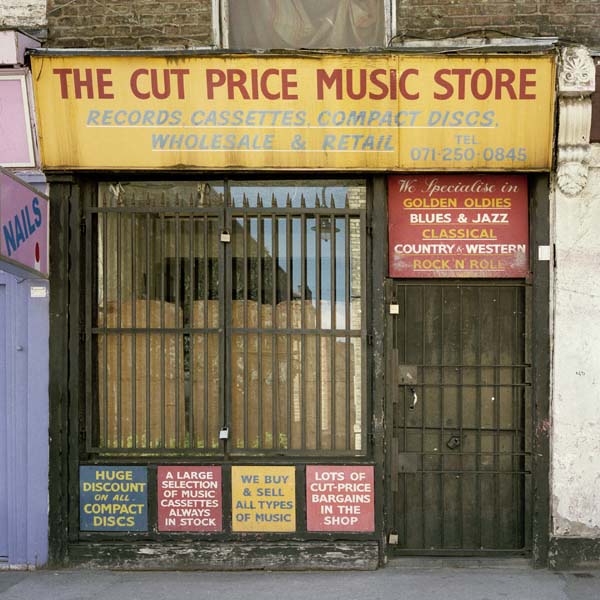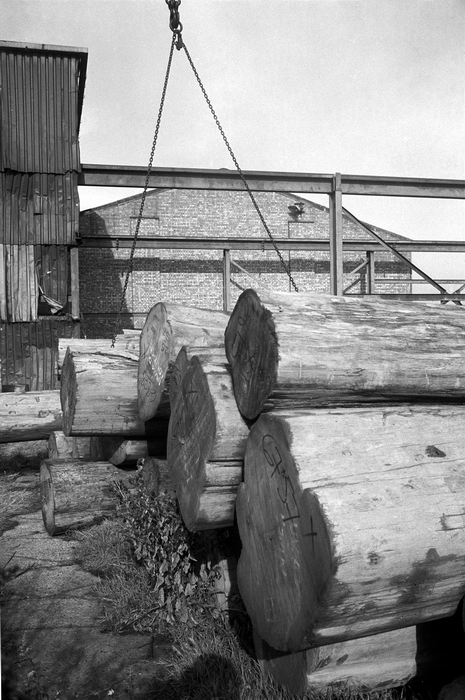There are always said to be some events where everyone remembers where they were at the time: President Kennedy’s assassination, the Moon Landing and 9/11. I’ve got no idea about the first, but I spent the time of the moon landing walking through some of the more suburban streets of Hull, a blue glow from almost every front room window as we passed with a small group of people staring into a TV set, watching what we had gone out to avoid.
I also do have a very clear memory about 9/11. At the time I was teaching part-time and had just finished a long morning’s teaching with a lesson that ran over lunchtime and had gone down to get my bike to go home from the passage by the boiler room where the few staff who rode bikes parked them rather than have them stolen or vandalised in the bike sheds, and was putting my books into my panniers when one of my colleagues, a younger woman who had grown up in New York saw me and rushed out distraught from her office opposite to share the news with me.
As soon as I arrived home, my computer was on and I was following the events on-line, watching the videos and still images. Before long I had an e-mail from my editor in New York, firstly assuring me that everyone in the office was unhurt, but also suggesting I write an article about the photographic coverage of the event.
I scoured the web looking for pictures, wrote about them briefly and included links, and created a feature that in a very few days attracted several million hits, certainly by far the most popular piece I’ve ever put on line.
It did feel a little strange, sitting in London and writing about something that had happened thousands of miles away, but to an extent that was something I’d got used to, my study with the computer having been a virtual extension of New York for several years, where I’d written about all the big photography shows opening in that city, as well as many others across the USA. I can really say that I worked in America for around eight years without ever setting foot in that country (apart from the acre of it a couple of miles from here in Runnymede.)
I had to keep adding new sites with 9/11 photographs quite often for the next few days, and occasionally later still, but even when we got to see the later work as some of the world’s best-known photographers came to Ground Zero, the work that to me best represented the actual events remained the often anonymous images taken by those actually caught up in the event, often blurred or low quality, taken on cheap compact cameras. They had an immediacy unmatched in the more mediated images of the professionals, and the value of being caught up in the actual event. It was perhaps the first major event to be covered by citizen journalism.

11 Sept 2010 Grosvenor Square – MAC burn US flag outside the Embassy
Today’s 10th anniversary event in Grosvenor Square, London was the subject of protests and counter-protests, and I went there – along with around 50 other press photographers to record these. The policing in the area was understandably extensive and meant I was unable to work as I would normally do. I don’t think I was able to make any images that compared with those from last year’s protest by Muslims against Crusades (MAC) and the counter-protest by the English Defence Leagus (EDL.) The police were rather more succesful in keeping the two groups apart, and although I heard quite a lot of shouting by the EDL in the distance, in Grosvenor Square itself their protest was generally quiet and ordered, in keeping with the respect they had come to show.

11th Sept 2010 – and I am within touching distance of Anjem Choudary outside the US Embassy
Once the police had moved the EDL a few yards down the road leading off the other side of the square, the MAC arrived and had a noisy demonstration, but there was a double line of barriers forming the front of a pen between them and us, and within seconds the press were asked to move even further back away from them by police, and almost all the pictures I made were at the long end of my telephoto. Last year I was able to work right in the middle of them. They may have burnt a US flag as they intended, and I did at one point smell a little smoke, but I was too far away to see anything.
So although I will put up the pictures from this year in due course, last year’s work is rather more interesting:
EDL Protest Against MAC
Muslims Against Crusades Burn US Flag
EDL Remember 9/11











 Hard to believe that Simon Hoggart was not aware of the most famous poem from the ‘Great War’, the First World War, Wilfred Owen’s Dulce et Decorum Est, its title taken from an ode by Horace, with its vivid description of the terrible effects of a poison gas attack, which ends with the words “The old lie” followed by the quotation ‘Dulce et Decorum est Pro patria mori.’
Hard to believe that Simon Hoggart was not aware of the most famous poem from the ‘Great War’, the First World War, Wilfred Owen’s Dulce et Decorum Est, its title taken from an ode by Horace, with its vivid description of the terrible effects of a poison gas attack, which ends with the words “The old lie” followed by the quotation ‘Dulce et Decorum est Pro patria mori.’ But perhaps the greatest scandal of Parliament Square is the continued denial of access to the public, with an ugly fence around the whole area encaging Churchill, Lloyd George and the others, with a few wandering ‘heritage wardens’ making sure we and the many tourists don’t enjoy our heritage.
But perhaps the greatest scandal of Parliament Square is the continued denial of access to the public, with an ugly fence around the whole area encaging Churchill, Lloyd George and the others, with a few wandering ‘heritage wardens’ making sure we and the many tourists don’t enjoy our heritage.
